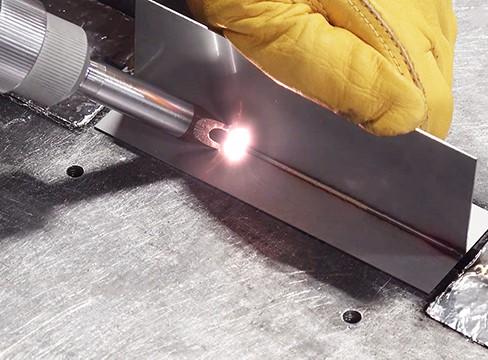It can be challenging to pinpoint the root of the problem and then optimize it to minimize it. This is due to the fact that there are a variety of physical tests to be conducted together with destructive tests.
An alternative way to iterate on process parameters is to use high fidelity numerical modeling, and transfer many of the process design studies to a simulated environment. You can also get more information about the best laser simulation software online.

Image Source: Google
Technologies like simulation and digital twins are important technologies for the movement of NDT 4.0 (non-destructive testing).
Most numerical modeling of laser welding and additive manufacturing processes is done with FEA approaches (“Finite Element Analysis”) looking at thermal stresses, distortion, and cracking.
These types of models inform a part-scale analysis and are useful for doing big-picture parametric studies. However, there are few tools available for doing micro-and mesoscale analysis of melt pool dynamics which require high fidelity models including fluid flow, heat transfer, phase change, and laser-material interactions as they relate to laser setting such as power, distribution, speed, and scan paths, as well as additional physics such as laser reflections and shield gas effects.
FLOW-3D WELD has been uniquely designed to accurately model the melt pool dynamics at the micro and meso scales which gives insights into process dynamics that are difficult, if not impossible, to capture with conventional experimentation.
